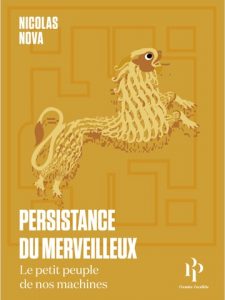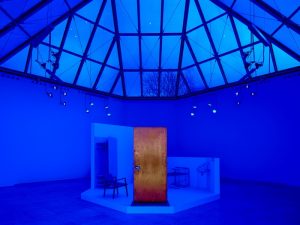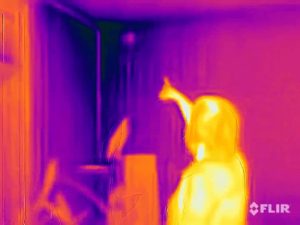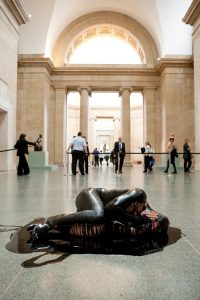 Fourth project from the Work in Progress Show of Design Interactions at RCA, London.
Fourth project from the Work in Progress Show of Design Interactions at RCA, London.
As Nicolas recently wrote, canaries were used in coalmines as a pet but also to sense toxic gases such as carbon monoxide which is colourless, odourless and tasteless. This gas could form underground during a mine fire or after an explosion. Mine rescuers would then descend into the mine, carrying the bird in a small cage. Any sign of distress from the canary was a clear signal the conditions underground were unsafe and miners should be evacuated from the pit and the mineshafts made safer.
Today, coal miners rely on carbon monoxide detectors and monitors.
Design for an alert state, by Marei Wollersberger, scrutinises potential threats in everyday life.
She identified various intangible contemporary perils: nuclear bombs, mugging, spies, bullying children and bioterrorism, Wollersberger didn’t come up with a solution but a treatment for a society suffering from omnipotent paranoia.

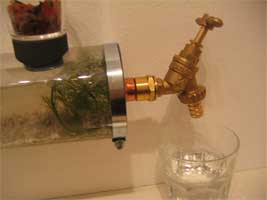
She designed a Biosafe Apparatus, a domestic plumbing system inhabited by a bluegill fish to detect an attack on the drinking supply. Bluegills are often used in cities for monitoring water supply from nonbiological toxicants such as pesticides, mercury, cyanide, heavy metals, fuel spills and phosphates. Fish cough by flexing their gills to expel unwelcome particles, like grains of sand, from their breathing passages.
Each terminal of the Biosafe Apparatus monitors and analyzes the fish’s behaviour to safeguard the water quality. If the fish is upset by something, probes can be taken. Whereas common sensors typically only react to predictable substances such as anthrax bacteria, the fish is responsive even to unforeseeable particles, becoming a kind of auxiliary instinct to human intuition.

